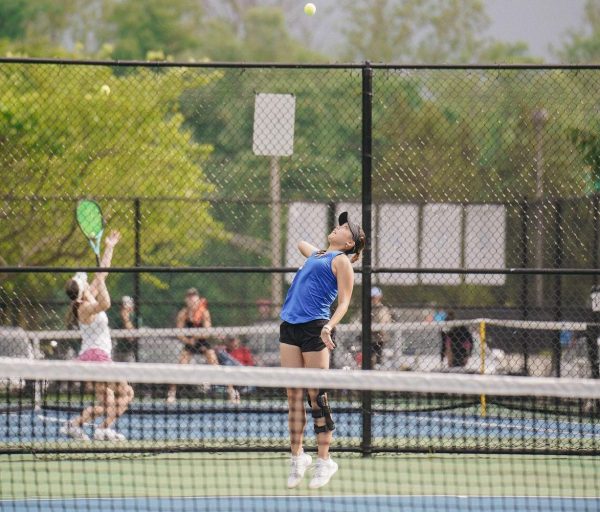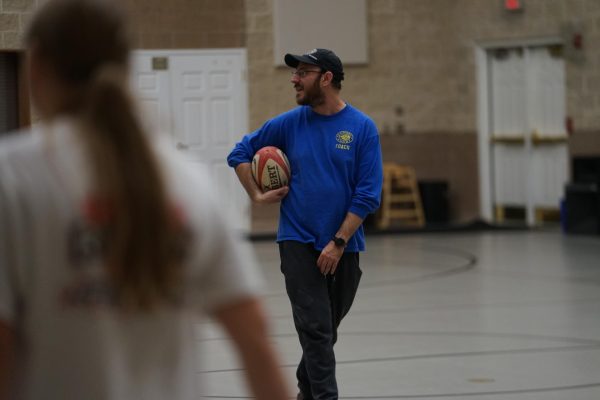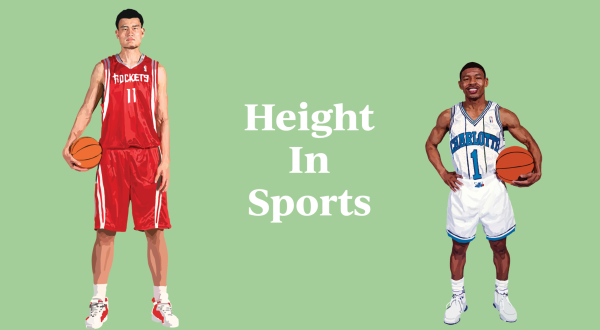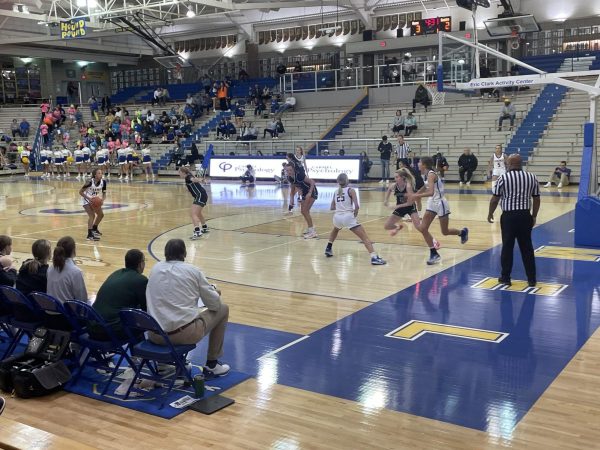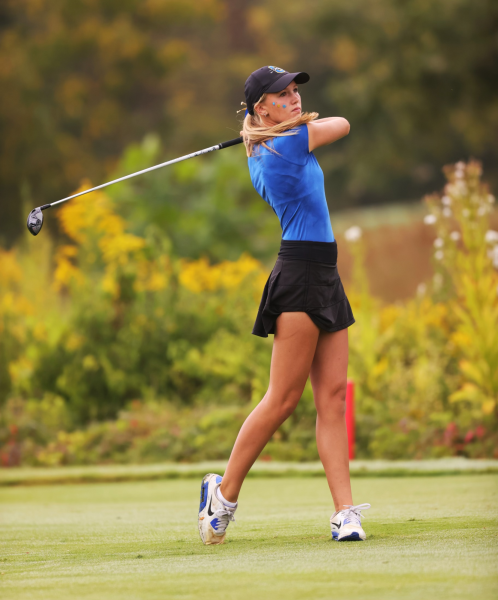HORSING AROUND: CHS horseback riders discuss the challenges of working in tandem with another animal
Junior Evie Heffern trains with her horse, Casmir, in preparation for a competition. Heffern has been riding horses for six years.
Noelle Geisler, horse-back rider and sophomore, has been riding horses for five to six years. She first became interested in horseback riding when she attended a friend’s birthday party when she was 5 years old. She said she enjoys the experience because of the bond between a rider and a horse.
“(My favorite part) is definitely getting to work with the animal I love and have a bond with it.” Geisler said. “Sometimes it can be frustrating (working with a horse) because you have to communicate everything through your horse and sometimes the horse either doesn’t understand it or is being stubborn and doesn’t want to listen to you.”
Horseback riding is a unique sport because athletes don’t use a ball or a racket or any other form of equipment to conduct their actions, instead they work with a real live animal with a mind of its own, creating many challenges such as training the horse or communicating with it. Besides those challenges, athletes experience what it’s like to have a bond with a horse, but it also makes it hard for an athlete to change horses and start over again.
Horse trainer Bob Tweedlie said working with a horse can be difficult and it depends on each individual horse and the type of day they are having.
“The biggest difficulty is you have to realize that you’re working with another mind,” he said. “It has good days, bad days. Some (horses) are very talented, and some are not so talented. So you have to realize you’re working with a living breathing creature instead of a bat or a ball, or anything like that.”
Like Geisler, Sloan Belveal, horseback rider and sophomore, also became interested in riding horses after her friend’s tenth birthday party. Throughout the years, Belveal has had three different horses due to her growth in height.
Belveal said, “Probably the most challenging was my second horse. He was what (horseback riders) call ‘green’, which basically means he was really, really young. We got him when he was four and a half, so he really didn’t know anything. He knew how to jump, but not well.”
Belveal said that she worked with her trainer to help train the horse, so he was safe to ride. Belveal said her horse used to dump her off his back because he thought it was funny, but once they worked through it the horse stopped. Since then, Belveal now has a new horse she said she plans on keeping for as long as possible.
“When we bought him, he was fully trained, but then he lost vision in one of his eyes because of a disease he had. So, that has been a lot of working with him and retraining and getting his confidence back up. Yeah, he can’t see, but we can still jump, and he’ll be fine,” Belveal said.
Like Belveal, Evie Heffern, horseback rider and junior, has also had to change horses. She said it can be difficult to adjust to a horse’s needs.
“I leased a horse for a year, and then he left. So then you have to get a different horse, and it takes a while because they have to get used to how you ride and figure out what you want, and then you have to figure out how they ride, like how they feel inside. So, it takes time. I’ve owned my horse that I have now for a year, and we are still getting it,” Heffern said.
Heffern said the sport is unique and working with a horse is unique.
“It’s different because (the horse) has a mind of its own.” Heffern said. “(The horse) is not like a ball; you can’t tell it exactly what to do. (The horse) might listen to you, but also if it wants to it doesn’t have to because it’s so much bigger than you.”
Geisler also said it’s difficult learning a horse’s quirks because they’re not always obvious. Taking care of a horse is a daily task in which athletes and trainers have to balance.
Belveal said she visits her barn every other day and brushes and cleans her horse. The barn where her horse stays at feeds the animals for the riders. Belveal’s trainer, Tweedlie, is at his barn everyday to complete his everyday task of taking care of the horses.
“Besides feeding, on a daily basis (the horses’) stalls are cleaned; they’re either ridden or turned out, where they can play outside. Every horse is an individual, so some require certain medications, if so, we do that. It really depends on the individual horse,” Tweedlie said.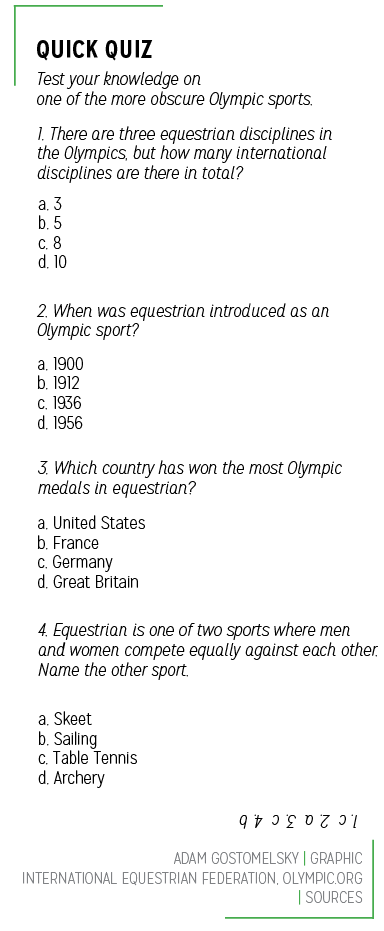
Your donation will support the student journalists of Carmel High School - IN. Your contribution will allow us to purchase equipment and cover our annual website hosting costs.




























![Keep the New Gloves: Fighter Safety Is Non-Negotiable [opinion]](https://hilite.org/wp-content/uploads/2024/12/ufcglovescolumncover-1200x471.png)
















































![Review: “We Live in Time” leaves you wanting more [MUSE]](https://hilite.org/wp-content/uploads/2024/12/IMG_6358.jpg)
![Review: The premise of "Culinary Class Wars" is refreshingly unique and deserving of more attention [MUSE]](https://hilite.org/wp-content/uploads/2024/12/MUSE-class-wars-cover-2.png)
![Introducing: "The Muses Who Stole Christmas," a collection of reviews for you to follow through winter [MUSE]](https://hilite.org/wp-content/uploads/2024/12/winter-muse-4.gif)
![Review: "Meet Me Next Christmas" is a cheesy and predictable watch, but it was worth every minute [MUSE]](https://hilite.org/wp-content/uploads/2024/11/AAAAQVfRG2gwEuLhXTGm3856HuX2MTNs31Ok7fGgIVCoZbyeugVs1F4DZs-DgP0XadTDrnXHlbQo4DerjRXand9H1JKPM06cENmLl2RsINud2DMqIHzpXFS2n4zOkL3dr5m5i0nIVb3Cu3ataT_W2zGeDAJNd_E-1200x884.jpg)
![Review: "Gilmore Girls", the perfect fall show [MUSE]](https://hilite.org/wp-content/uploads/2024/11/gilmore-girls.png)
![Review in Print: Maripaz Villar brings a delightfully unique style to the world of WEBTOON [MUSE]](https://hilite.org/wp-content/uploads/2023/12/maripazcover-1200x960.jpg)
![Review: “The Sword of Kaigen” is a masterpiece [MUSE]](https://hilite.org/wp-content/uploads/2023/11/Screenshot-2023-11-26-201051.png)
![Review: Gateron Oil Kings, great linear switches, okay price [MUSE]](https://hilite.org/wp-content/uploads/2023/11/Screenshot-2023-11-26-200553.png)
![Review: “A Haunting in Venice” is a significant improvement from other Agatha Christie adaptations [MUSE]](https://hilite.org/wp-content/uploads/2023/11/e7ee2938a6d422669771bce6d8088521.jpg)
![Review: A Thanksgiving story from elementary school, still just as interesting [MUSE]](https://hilite.org/wp-content/uploads/2023/11/Screenshot-2023-11-26-195514-987x1200.png)
![Review: "When I Fly Towards You", cute, uplifting youth drama [MUSE]](https://hilite.org/wp-content/uploads/2023/09/When-I-Fly-Towards-You-Chinese-drama.png)
![Postcards from Muse: Hawaii Travel Diary [MUSE]](https://hilite.org/wp-content/uploads/2023/09/My-project-1-1200x1200.jpg)
![Review: "Ladybug & Cat Noir: The Movie," departure from original show [MUSE]](https://hilite.org/wp-content/uploads/2023/09/Ladybug__Cat_Noir_-_The_Movie_poster.jpg)
![Review in Print: "Hidden Love" is the cute, uplifting drama everyone needs [MUSE]](https://hilite.org/wp-content/uploads/2023/09/hiddenlovecover-e1693597208225-1030x1200.png)
![Review in Print: "Heartstopper" is the heartwarming queer romance we all need [MUSE]](https://hilite.org/wp-content/uploads/2023/08/museheartstoppercover-1200x654.png)




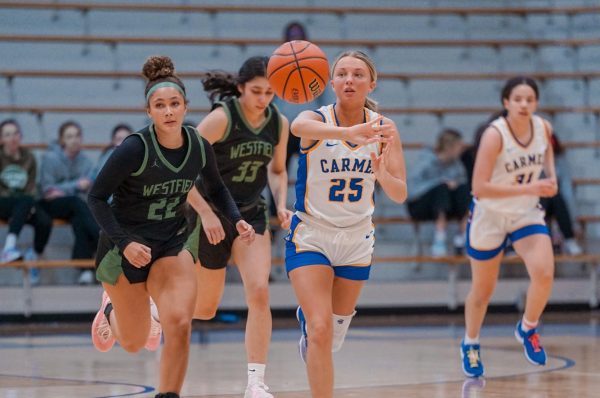
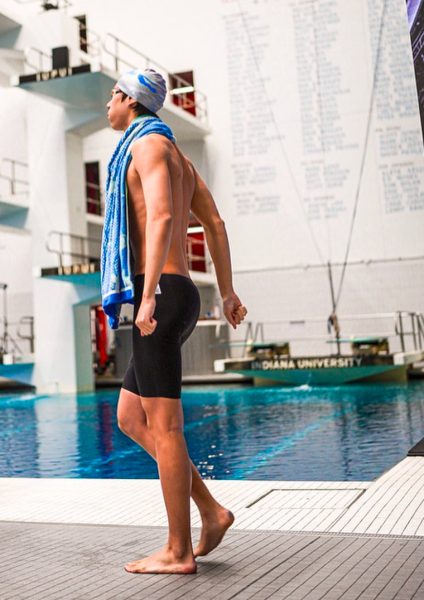
![Keep the New Gloves: Fighter Safety Is Non-Negotiable [opinion]](https://hilite.org/wp-content/uploads/2024/12/ufcglovescolumncover-600x235.png)
